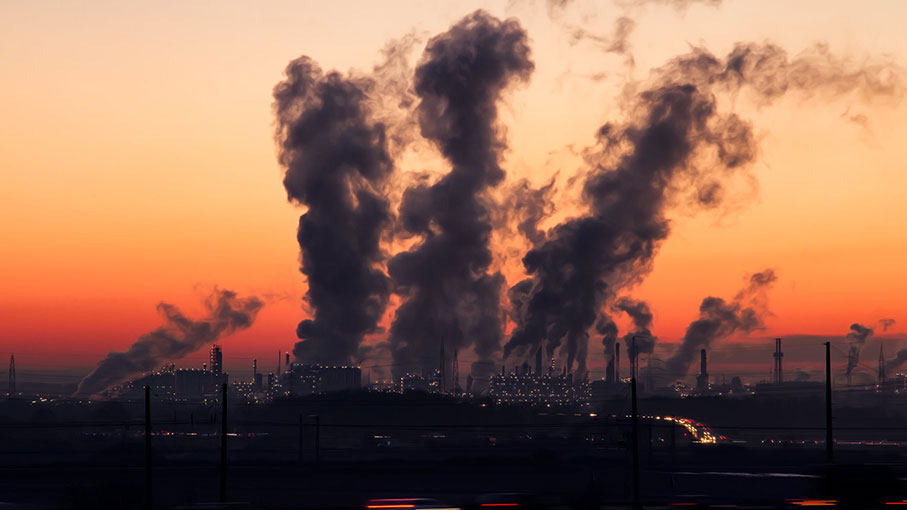The term Fire & Gas (F&G) is commonly used for the technological sector that deals with fire protection, automatic shutdown and gas detection in industrial plants, warehouses and platforms destined for the production and transformation of energy, for the production of chemicals,and for the agri-food, oil and mining sectors.
The main aim of an F&G system is to ensure timely intervention by immediately detecting any fires or gas leaks, even in the most complex situations using smoke, temperature, flame, toxic or explosive gas detectors. Components and devices for Fire & Gas systems (alarm control units, control units, HMI, sensors, detectors, actuators, fire panels, suppressors and sprayers), as well as responding to specific regulations dictated by Regulation 305/2011, by Directive 890/16/EEC, and by standards EN 54, UNI 9795, EN ISO 7240, EN 12094, EN 12845, EN 12259, must also comply with functional safety requirements as set out by the IEC/EN 61508 and IEC/EN 60079-29-3 standards.
F&G systems are also based on the IEC 61511 standard (ANSI/ISA S84.01 in the United States) for global protection of industrial plants and fire risk assessment. Indeed, IEC 61511 lists the project activities required, from the conception to the decommissioning phase, needed to ensure the functional safety of the equipment it is in control of (EUC, Equipment Under Control). These activities can be divided into a wide range of tasks such as procedures, documentation, tests and validations, planning, hardware and software development, and risk assessment.
An F&G system is a safety platform with the task of intervening to reduce the consequences of a hazardous event as soon as it occurs. Proprietary F&G systems used to be either stand-alone equipment or else based on relay control panels. Today’s redundant and high availability programmable electronic systems, together with the new generation of detectors with default functional safety levels (SIL), ensure decidedly better safety strategies. Process facility network architectures, risk analysis performed with cause-effect matrices and integration with evacuation and emergency stop procedures also play a key role in designing an effective system.
Recent technological advances in detectors have enabled F&G systems to detect fire and explosion risks ever more promptly, as well as health hazards, including combustible and toxic gas leaks, heat radiation and traces of smoke. The integration of process facility data with safety instrumented systems (SIS) minimizes intervention times, process facility downtimes, equipment repair or replacement costs, by integrating distributed safety measures throughout the process facility. Latest-generation F&G solutions alert staff quickly and precisely, providing indications to help decide on the right course of action. These solutions include new integration capabilities with simulation environments, field instrumentation, detectors and communication protocols.
After all, today’s industrial process facilities have to face challenges ranging from cost increases for handling accidents and insurance, to compliance with strict standards such as NFPA, API and OSHA in the United States, and BS OHSAS, EN, and SEVESO II/III in Europe. Not to mention the effects that an accident can have on corporate image and on environmental and sustainability policies.


